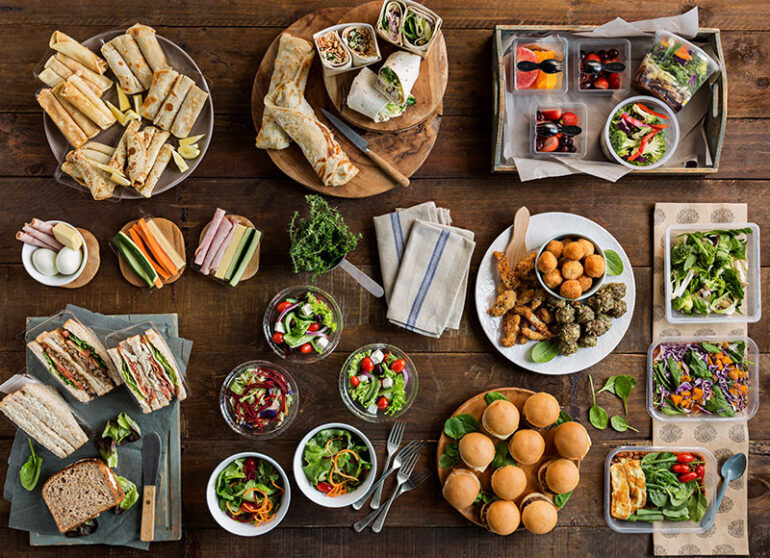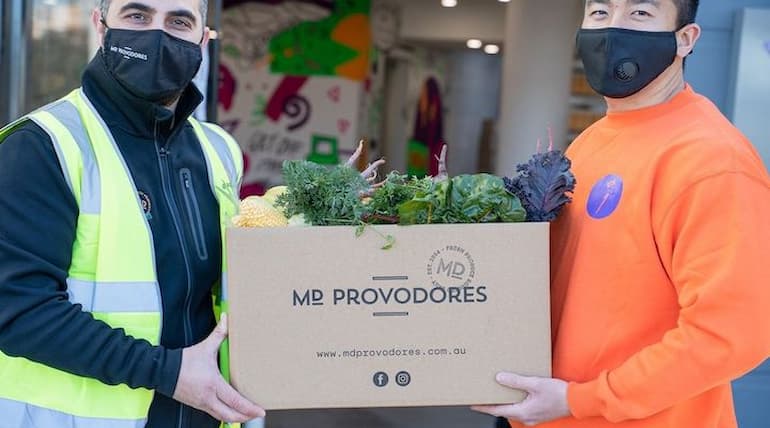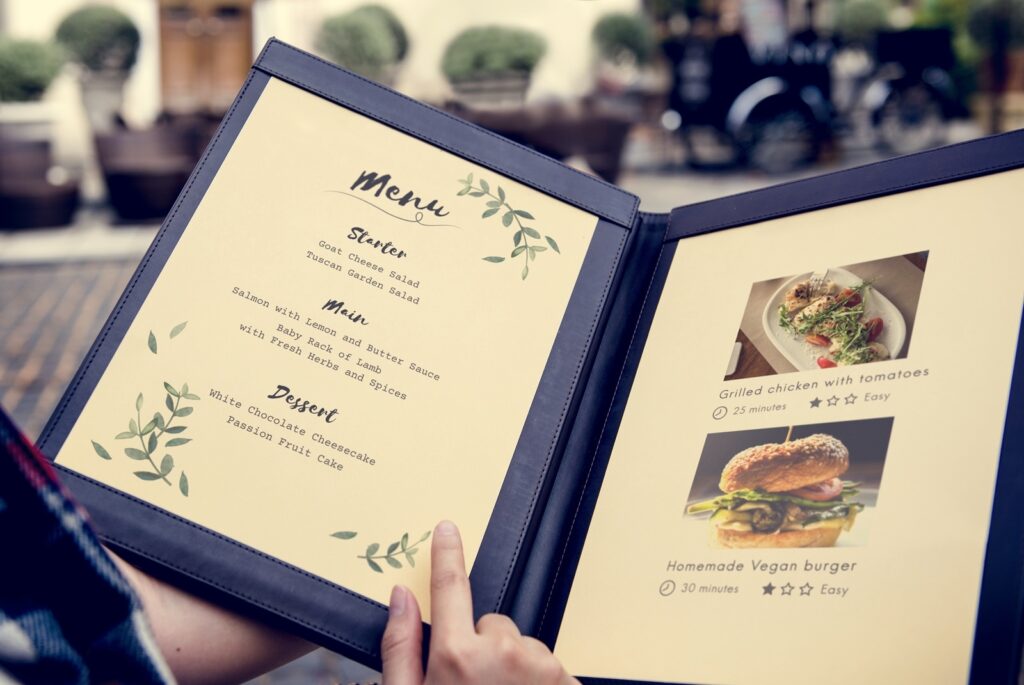
There are many fashion trends that we love – kaftans, cowboy boots, and ombre hair. Then, there are trends like Crocs and thigh-high denim boots that need to go and never come back. And like every other industry, even the restaurant world isn’t immune to trends. From pizza sandwiches to the cronut – many businesses have capitalised on popular menu items.
But it’s not easy. Your menu would need to change every day if you jumped on every hot item that became popular, and it’s unlikely that every cuisine trend would match your concept. So, how can you figure out which trends to follow? And how do you know what food trends are before that? After having done the research for you, here are some tips to help you succeed in the sea of restaurant menus.
Have a Reliable Fresh Food Supplier
A consistent flow of fresh food is essential for your business. Everyone who enters your restaurant should be offered high-quality dishes produced with fresh ingredients, regardless of the season or weather. So, to stay on top of the trends in fresh food, look for all of the local wholesale food providers or find a national supplier that delivers to your area.
When it comes to fresh produce suppliers that have an extensive national supply chain, the reliable In2food wholesaler definitely stands out. Whether you’re located in Sydney or Melbourne, the In2food Australia network has your back. They have an end-to-end process that starts at the farm with their carefully-chosen growers, continues in their world-class high-care facilities, and concludes with delivering fresh produce directly to their clients.

In2Food uses state-of-the-art technology to ensure food safety, and orders may be tracked from farm to plate. The company offers a real ready-to-eat solution, with food safety carefully handled from the farm to the cool room using technology and traceability. Clients in every part of the restaurant industry can rest certain that their food originates from HACCP-certified facilities.
This supplier is also one of the founding partners and certified members of the enrich360 Circular Community, which puts the otherwise discarded food waste to good use as a nutrient-rich fertiliser. Fresh and prepared produce, other prepared food and sandwiches, dry goods, ready-to-eat meals, and a variety of other food products are all available at In2food. In fact, In2Food Australia is one of the industry’s largest fruit and vegetable suppliers, supplying sectors as diverse as defence, justice, shipping, airlines, and hospitals.
Have a Specific Concept
When people would’ve walked into a restaurant just a few years ago, they’d be handed a multi-page menu with a number of options. But since the COVID-19 outbreak, restaurants have whittled down their menus into smaller, more manageable portions.
Many successful restaurants have reduced their menus in 2020 and centred them on a single theme. In these menus, many dishes share ingredients to make ordering food easier and save food waste. This also has helped to overcome the unpredictable supply chain restrictions of today which make it difficult for restaurants to obtain a long list of ingredients.
When evaluating food trend information to come up with a specific concept, always remember to consider your brand first. If an ingredient or a dish is popular, it doesn’t imply it’s a trend you should follow if it doesn’t fit your brand. Trends, as beloved as they may appear, must make sense for the brand of your business; otherwise, they will fail.

Be Open to Changing Your Menu More Often
Short-term menus are one of the new cuisine trends this year. Some eateries change their menu selections on a weekly basis depending purely on what they have on hand. Traditional printed menus are being phased out by these restaurateurs in order to keep expenses down. Instead, they’re relying on digital menus that can be easily updated.
This makes a lot of sense when you consider that customers love locally sourced fresh food. By not having a permanent menu and having to rely on items that can be frozen or which are available year-round, a short-term seasonal menu will allow you to make use of what the local growers have to offer.

Take a Look at the Past
Food trends are interesting because just like the trends in fashion, they come and go, then come and go again, and again. It’s essential to be able to observe what was successful in the past and what wasn’t if you have access to previous food trend reports.
Things that are old often become fresh again, so look for inspiration in vintage styles. Use that information to reintroduce a cherished, classic dish that other restaurants in your area have abandoned, such as the classic violet crumble or mint pattie. Maybe you missed a particular cuisine trend, or it didn’t fit with your current concept, keep track of what’s hot and what’s not. It’ll almost certainly return.

